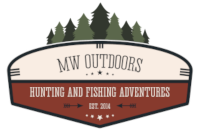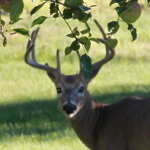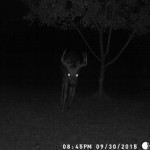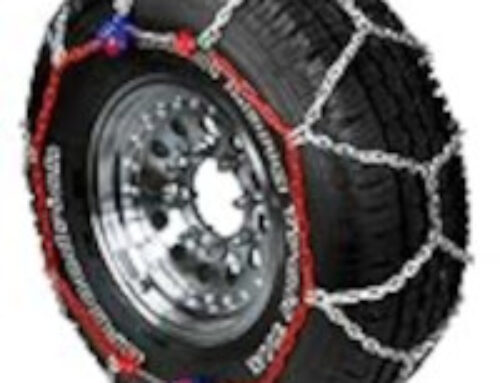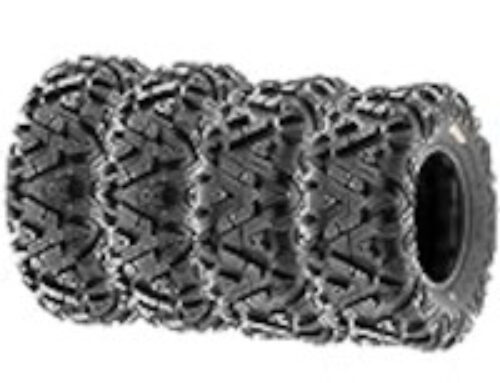How To Promote Mature Bucks
There are a few easy steps in promoting Mature Bucks, but lets start with the basics. You will need to consider; feeding area, bedding area, water hole, and cover. By these basic survival necessities you will improve your deer population and hunting greatly. But for much larger bucks there are a few advance techniques you will want to learn such as; food plots, no hunting zones (thickets), working with neighbors for deer management, passing up smaller bucks, and even producing a larger population of Bucks then Doe.
When Are The Deer Racks Mature
A buck will develop a mature rack between years of 5 and 7, so try to hold off shooting the younger bucks until then. Yes, some will leave your woods and be taken by other hunters, but don’t let that change your strategy. If you are looking for venison (meat) then purchase an extra Doe tag and take a Doe. Taking a Doe can help in two ways; first they are better eating and second it will help produce the buck to doe population ratio you want.
How Fast Do The Racks Grow
Each buck is different depending on it’s genetics and food supply, for one example here is a Buck we passed up in 2014, a nice 3 year old 8 point and now as a 4 year old (2015) 10 point. You can also see that this buck still has 3 years to go before he develops into a Poke & Young or Boone & Crockett, so this buck will take 7 years.
- 2015 Ten Point 4 yr old
How To Develop Your Land For Mature Bucks
Here is how we have our land set up to give you one example. It took my sons and I 10 years to get this layout and we are now seeing the results. Hunting here is by bow only.
On the North side of our woods we have a small apple orchard of 30 trees with a food plot of clover and chicory between this and the woods. On the Northwest we have our first water pond with bedding grass (grows 5ft) around this, then corn or beans on its far side. On the Southeast we have our second water pond with bedding grass (grows 5ft) and corn or beans on its far side.
In the middle of the woods we have a thicket that no one is allowed to hunt or walk in, unless we have a deer down. Surrounding the East, South, and West side of this thicket is all hardwoods. We approach the East hunting stand by walking the field/wood edge and only entering the woods 10 yards to the stand. On the South & West side of the thicket we approach by a fence line running between the hardwoods and thicket, all stands are just 20 yards off this trail, thus disturbing the woods as little as possible during entry and exit.
On the North side of the thicket we have the clear cut (Paintball Course) that I hunt. This is mostly sumac and tall grass as seen in this video. North of this is hardwoods again and then down to our apple orchard where we started.
Promoting Bucks – Reviewing The Basics
1. Work with your neighbors on deer management and improving the habitat, if they are not interested stick to your strategy. As a hunter you will learn that it’s more about the love for the outdoors and the enjoyment of the hunt versus the kill itself.
2. Thickets, you need an area that is off limits for hunting, where the deer feel safe and protected. You will want to keep this area thick, so it may require some clearing and planting over the years. I like to plant Buck thorn, Pines, and Sumac.
3. You want to limit the hunting pressure. Mature bucks and doe(s) can sense hunting pressure. Use natural scent blockers and limit your exposure in the woods as much as possible during the hunting season.
4. Pass up the younger bucks and take a doe for eating. This promotes a larger Buck to Doe population, increases your odds for taking mature bucks, and creates a more dominant buck breeding area.
5. If you have a creek you are set, otherwise you will want to create a pond or water hole. Remember the deer need bedding, feed, and water.
6. Plant Food Plots and even start a small orchard. This will generate another food supply other than the crops and what the woods may offer.
What If I Only Have A Few Acres
If you have 40 to a 1,000 plus acres it’s easy to develop it for mature bucks, but what if you only have a few acres, even as little as 3 to 5 acres. First you need to study and understand the surrounding area and where the corridors from the bedding to the feeding areas are. After this try to see where you can change your land to create a deer corridor through it.
We will start with the basics again; feed, bedding, water, and coverage. Since you do not have land for feed or holding deer you will want to focus on how to create a travel corridor. Now how can you do that on a small amount of acreage? On as little as 3 acres there is more than enough land to put in a pond (consider keeping it open year round) with tall growing grass planted around it, add an apple orchard (30 -40 trees), put in food plots, and create thicket for your corridor and hunting.
Next we need to figure out the best way to create a corridor leading to your bedding/pond/apple orchard.
Here you want to plant pine closely together leaving a small area between the rows for a corridor. Around this start to plant thorn, buck thorn and sumac supporting a thicket. When doing this take into account what woods you have, how you’re going to approach your stands disturbing the area as little as possible, and what direction the wind typically blows.
I hope this helps and have fun creating your deer habitat.
